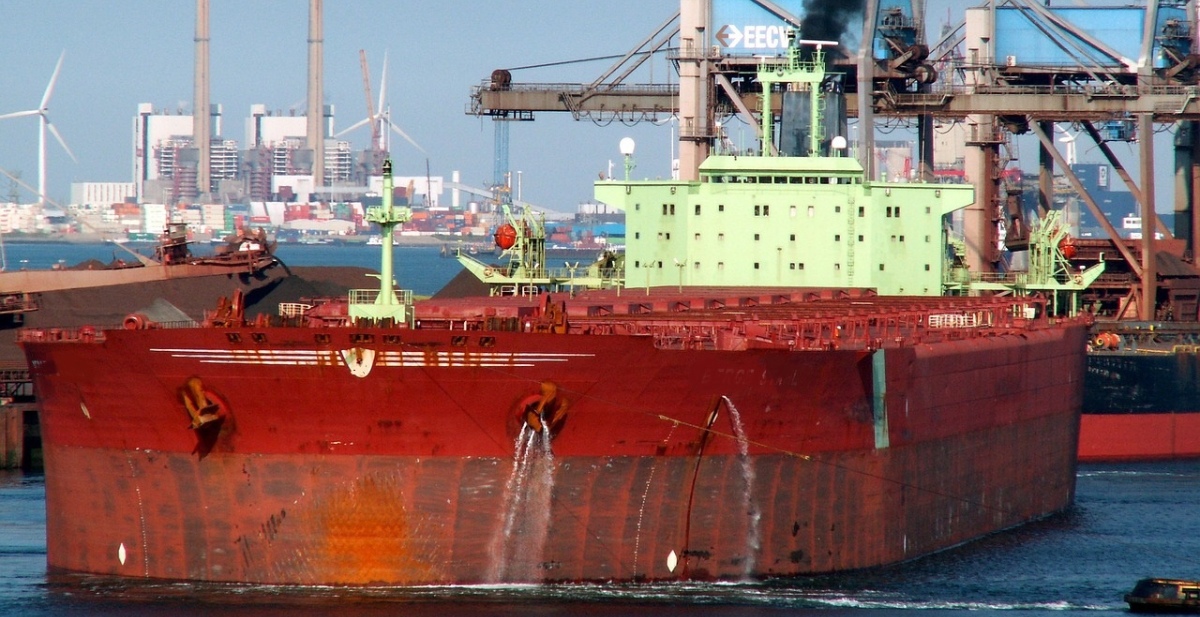EU ETS: catalyst for change, mired in growing pains
Understanding the EU ETS: Challenges and Opportunities in Shipping

The European Union’s Emissions Trading System (ETS) continues to cause confusion and consternation for stakeholders in shipping, with questions around ballast legs, accounting for allowances, and compliance.
A panel discussion at the Baltic Exchange’s Freight Forum in Singapore explored the complexities and opportunities surrounding the ETS, with Baltic Exchange carbon lead Martin Crawford-Brunt moderating the event.
Crawford-Brunt noted that the EU ETS emphasized a significant paradigm shift in the regulatory landscape. He said: “We’re moving from an old way of looking at regulation developments… Regulation is becoming more and more goal-based and also a moving target in terms of where the ambitions levels are set – so it’s becoming a much, much more challenging task for organizations like the IMO.” He added that the IMO is today grappling with defining and enforcing ambitious goals, placing immense pressure on stakeholders to keep pace with ever-tightening environmental expectations.
Ian Butler, head of energy transition – shipping at Vitol, discussed the EU ETS as a potential driver for compliance and the adoption of alternative fuels. He acknowledged the scheme’s potential, stating: “The new EU Emissions Trading Scheme (EU ETS) is an opportunity. This will be the first step for the shipping market to start to comply, and then we can start looking to the future with a rather substantial dual fuel orderbook.”
However, he also highlighted the significant administrative burden associated with the EU ETS and the challenges faced by ship owners, particularly those with smaller fleets, in complying with its requirements. Owners are struggling to navigate the complexities of opening ETS accounts, managing allowances, and ensuring proper financial instruments are in place to meet their obligations.
